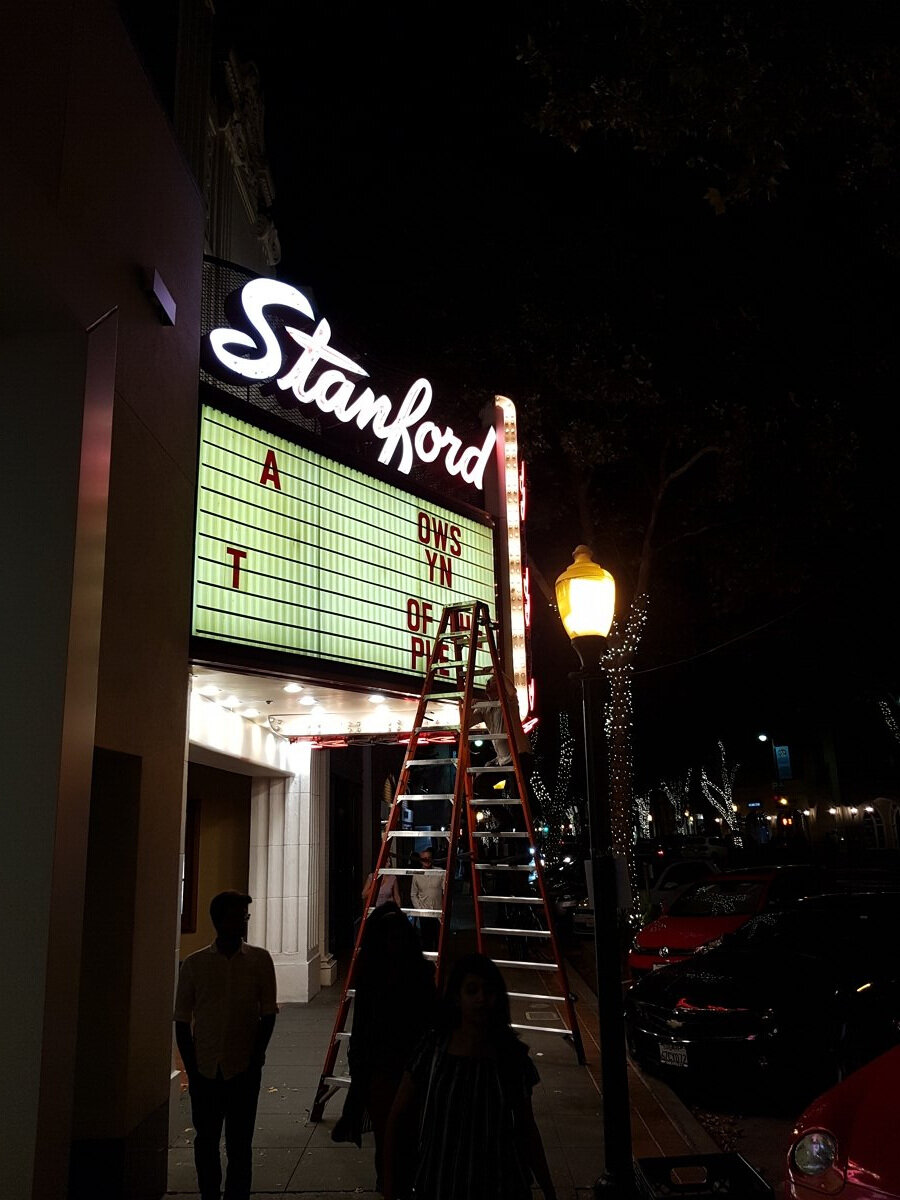Mauritz Kop becomes TTLF Fellow at Stanford University
AIRecht Partner joins Stanford Law School’s Transatlantic Thinktank
Honoured and thrilled to join Stanford Law School’s Transatlantic Thinktank and become TTLF Fellow at Stanford University. It is the Silicon Valley, California based Transatlantic Technology Law Forum’s objective to raise professional understanding and public awareness of transatlantic challenges in the field of law, science and technology, as well as to support policy-oriented research on transatlantic issues in the field. TTLF is part of the Stanford Law School’s Program in Law, Science & Technology (LST), often ranked first in the category intellectual property law programs in the United States.
Mauritz Kop becomes TTLF Fellow at Stanford University.
Beyond AI & Intellectual Property
My research project: Beyond AI & Intellectual Property: Regulating Disruptive Innovation in Europe & The United States - A Comparative Analysis.
This research project aims to realize a detailed study of similarities and differences in EU-USA Human Centred AI & IPR policy. The qualitative research concentrates on the interface between information technology law and intellectual property law. How to realize an impactful transformative tech related IP (intellectual property) policy that facilitates an innovation optimum and protects our common Humanist moral values at the same time?
Beyond AI & Intellectual Property.
Sustainable Disruptive Innovation Policy Pluralism
With an additional focus beyond IP, the research shall present ideas on how Europe and The United States could apply sustainable disruptive innovation policy pluralism (i.e. mix, match and layer IP alternatives such as competition law, contract law, consumer privacy protection, as well as government-market hybrids) to enable fair-trading conditions and balance the effects of exponential innovation within the Transatlantic markets. The research will focus on 3 industrial sectors: Healthcare, Entertainment & Art, and AgriFood and envisages that the presented ideas and viewpoints will be refined towards more actual policies in Brussels and Washington.
Sustainable Disruptive Innovation Policy Pluralism (S-DIPP).
Extended Horizon of Regulatory Possibilities
This comparative, interdisciplinary project aims to offer legislators working in the nexus of AI and law an extended horizon of regulatory possibilities to efficiently balance the societal impact of artificial intelligence, blockchain and quantum computing. Research output provides informed suggestions -per industrial sector- on how and when to apply variations on traditional interventions, when to be cautious and when to be firm.
mr. Mauritz Kop is strategic IP lawyer at AIRecht (Amsterdam) and a Stanford Law School TTLF Fellow (Silicon Valley). And he enjoys playing tennis.
New Public Domain Model for AI Creations and Inventions
My previous peer reviewed research article summarized and analysed recent developments in the AI & IP field, as a literary review for the uninitiated. AI & Intellectual Property: Towards an Articulated Public Domain introduces a new public domain model for AI Creations and Inventions that crossed the autonomy threshold (i.e. no sufficient amount of human intervention that can be linked to the output): Res Publicae ex Machina (Public Property from the Machine). It includes examples: an AI Assisted Creation (master recording of a musical work) and a pure AI Invention (a flu vaccine).
This new public domain model builds upon an ancient, 2000 year old Roman multi-layered property paradigm and is a Pareto improvement.
IP Rights on the Components of the AI System.
IP Rights on the Components of the AI System
Furthermore, the article describes the current legal framework regarding authorship and ownership of AI Creations, legal personhood (legal subject, legal object, legal agenthood), patents on AI Inventions, types of IP rights (such as copyrights, patents, trade secrets and trademarks) on the various components of the AI system itself, clearance of training data and data ownership.
New Public Domain Model for AI Creations and Inventions.
Incentive Based Solutions That Foster Innovation
Building upon my previous findings, the ‘Beyond AI & Intellectual Property: Regulating Disruptive Innovation in Europe & The United States - A Comparative Analysis’ research project fills an important knowledge gap by providing policy makers at both sides of the Ocean with an accessible suite of balanced, incentive based solutions that foster innovation and evenly distribute societal prosperity.
Extended Horizon of Regulatory Possibilities.
mr. Mauritz Kop is strategic IP lawyer at AIRecht (Amsterdam) and a Stanford Law School TTLF Fellow (Silicon Valley)
AIRecht managing partner joins Stanford Law School’s Transatlantic Thinktank.








